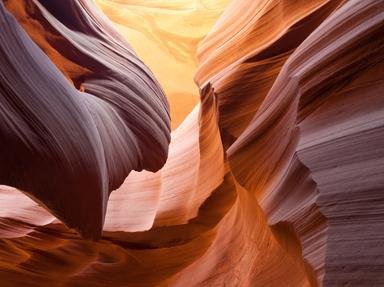Quiz Answer Key and Fun Facts
1. The state of Minas Gerais in Brazil: When they pulled out a funny looking rock called a geode from the earth, it didn't look too interesting. Nor was it much fun when they dunked it inside me to clean it, but once it was split open I couldn't stop staring. Crystals of which violet variety of quartz had I just seen?
2. At the emerald mines of Muzo in Colombia, I learnt that emeralds are a form of the mineral beryl and the green colour is attributed to traces of chromium or vanadium. What special pattern do the rare trapiche emeralds of Colombia contain?
3. We reached the San Carlos Apache Indian Reservation in Arizona, USA. This site has for long been one of the main sources of peridot, a green gemstone often confused with emeralds in earlier days. Can you tell me which group of minerals peridot belongs to?
4. I had no idea that even glass could be considered a gemstone. I have to admit though that this black volcanic glass called obsidian did look beautiful. Which of the following is NOT a type of obsidian?
5. The Dominican Republic is the world's only source of a rare gemstone known as Larimar. Our initial search involved looking for stones among the alluvial sediments which were carried down from the outcrops upstream. What colour gemstone would I need to keep an eye out for?
6. In Africa, at the foothills of Mount Kilimanjaro, I watched wide eyed as we mined a beautiful blue variety of zoisite. By what name, derived from the region where it is commonly found, is this mineral better known?
7. Within the limestone mines of Badakhshan in Afghanistan: This semi precious gem is not a mineral but a rock and has been prized for its blue colour since ancient times. Captivated by its blue colour, I can fully understand why it was so sought after. Which rock fits my description?
8. In Myanmar we found a rich gem gravel bed (gravel mixed with gemstones deposited by the river) to continue our search. We got lucky and found two different gemstones which are essentially the same mineral. Which crystalline aluminium oxide is better known as ruby when red and sapphire when formed in any other colour?
9. Myanmar seems to be rich in precious gemstones. After a difficult trek through extremely inaccessible jungles, we reached the mines of Hpakant. Which green coloured ornamental stone, derived from a metamorphic rock, is mined here?
10. This destination is the land down under - Australia. Not surprisingly, our work here takes us to the vast opal fields that are found within the Great Artesian Basin. I could only stare open-mouthed at the different varieties of opal unearthed here. Is the opal classified as a mineral?
Source: Author
zorba_scank
This quiz was reviewed by FunTrivia editor
gtho4 before going online.
Any errors found in FunTrivia content are routinely corrected through our feedback system.

